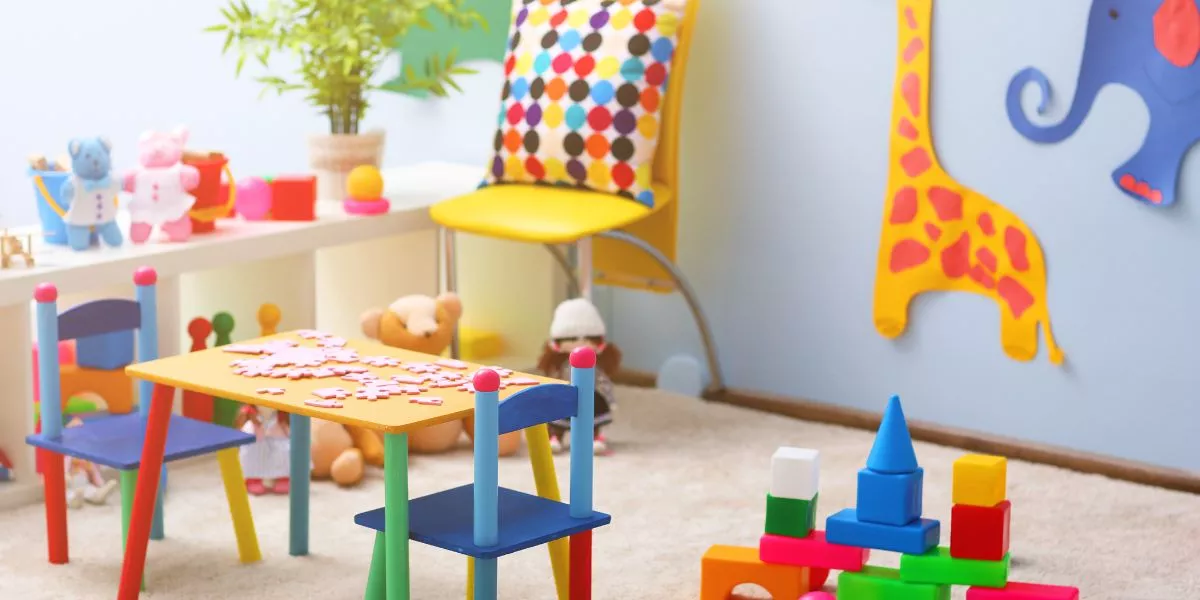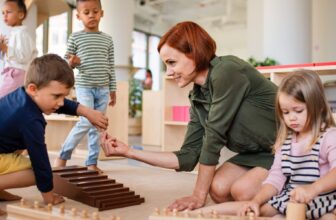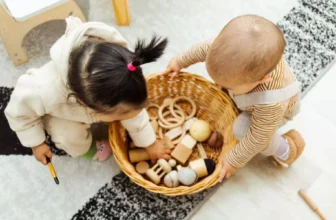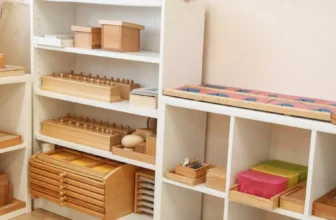
When creating a Montessori-inspired playroom for young learners, you'll find that the key lies in a thoughtful setup that encourages exploration and independence. By establishing designated areas for various activities and offering a mix of stimulating yet purposeful materials, you can cultivate an environment that supports your child's development in a meaningful way. But how exactly do you strike this balance between structure and creativity to maximize learning potential? Let's explore some practical steps to help you design a space that nurtures your child's natural curiosity and growth seamlessly.
Setting the Foundation
To establish a Montessori-inspired playroom, begin by decluttering the space and organizing materials according to their categories. Clear out any unnecessary items that may distract or overwhelm your child. Keep only toys and materials that promote learning, independence, and exploration. Sort toys into distinct categories like puzzles, art supplies, sensory activities, and practical life materials.
Once you've decluttered, create designated spaces for each category of materials. Use shelves, bins, and baskets to keep everything organized and easily accessible to your child. Labeling containers with words or pictures can help your child identify where things belong and encourage them to clean up after playtime.
Ensure that the playroom layout is conducive to exploration and independence. Arrange furniture and materials at your child's eye level, making it easy for them to choose activities on their own. Consider creating cozy nooks for reading or quiet time, as well as open areas for more active play. By setting up the space thoughtfully, you're laying the foundation for a Montessori-inspired playroom that fosters creativity, independence, and joy.
Organizing for Independence
For fostering independence in your Montessori-inspired playroom, encourage your child to access materials and engage in activities autonomously. Organizing the playroom in a child-friendly way is key to promoting independence. Ensure that toys and materials are stored at a child's eye level, making it easy for them to see and reach what they need without assistance. Use open shelves or bins to display toys neatly and accessibly.
Labeling shelves and containers with pictures or simple words can help your child identify where each item belongs, making cleanup time a breeze. Encourage your child to participate in tidying up by showing them where each toy goes and involving them in the process.
Designate specific areas for different types of activities, such as a reading nook with books and a cozy rug or an art corner with drawing supplies easily accessible.
Incorporating Montessori Materials
Encourage your child's exploration and learning by integrating Montessori materials that cater to their developmental needs and interests in the playroom. Montessori materials are designed to be engaging and educational, promoting hands-on learning experiences. Consider incorporating items like wooden puzzles, knobbed cylinders, sorting activities, and sensory bins to stimulate your child's senses and cognitive abilities. These materials not only encourage independent play but also help develop fine motor skills, problem-solving abilities, and concentration.
When choosing Montessori materials for the playroom, opt for items that are made from natural materials and have a simple design. These materials aren't only aesthetically pleasing but also focus on providing a tactile learning experience for your child. Additionally, having a variety of Montessori materials available in the playroom can cater to different learning styles and interests, allowing your child to explore and discover at their own pace.
Fostering Self-Directed Play
Create a play environment that empowers your child to explore and learn independently. Encourage self-directed play by providing open-ended toys like blocks, puzzles, and art supplies that allow your child to use their creativity and problem-solving skills. Avoid overwhelming the play space with too many toys; instead, rotate them to maintain your child's interest and focus.
Designate specific areas for different types of activities, such as a cozy reading corner with books and cushions, a building area with blocks and construction sets, and a sensory table with materials like sand, water, or sensory bins. This organization helps your child understand where to find what they need and promotes a sense of order and independence.
Allow your child to make choices about their playtime, whether it's deciding which activity to engage in or how to use a particular toy. Offer minimal guidance and let them experiment and explore at their own pace. By fostering self-directed play, you're nurturing your child's independence, creativity, and problem-solving abilities in a Montessori-inspired way.




